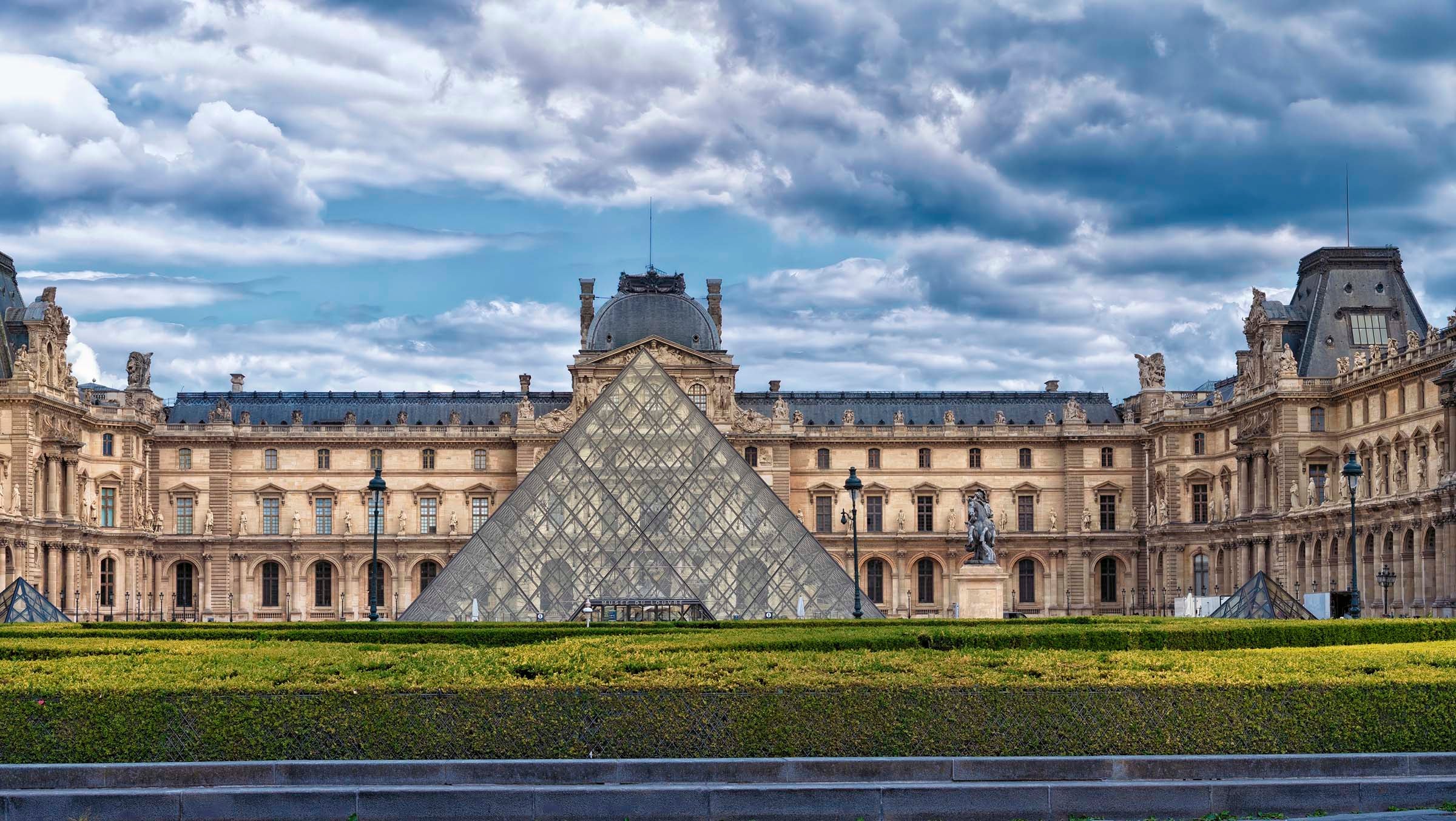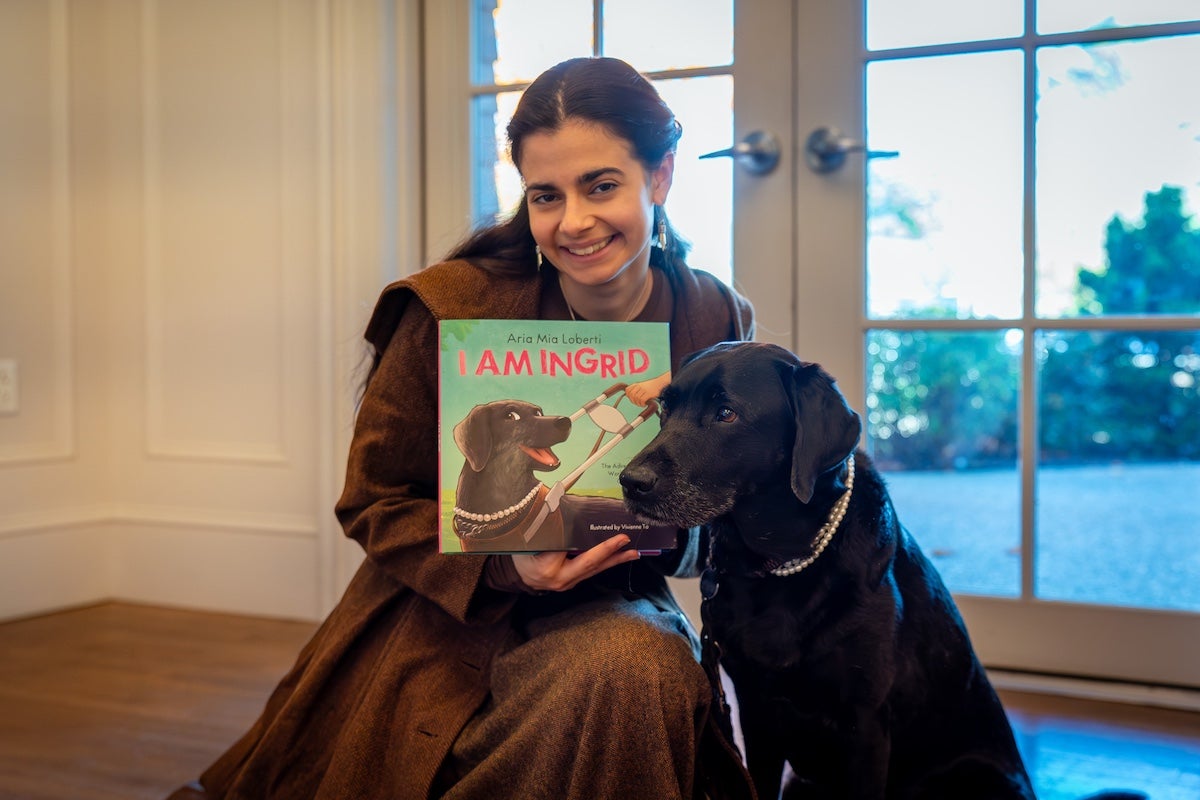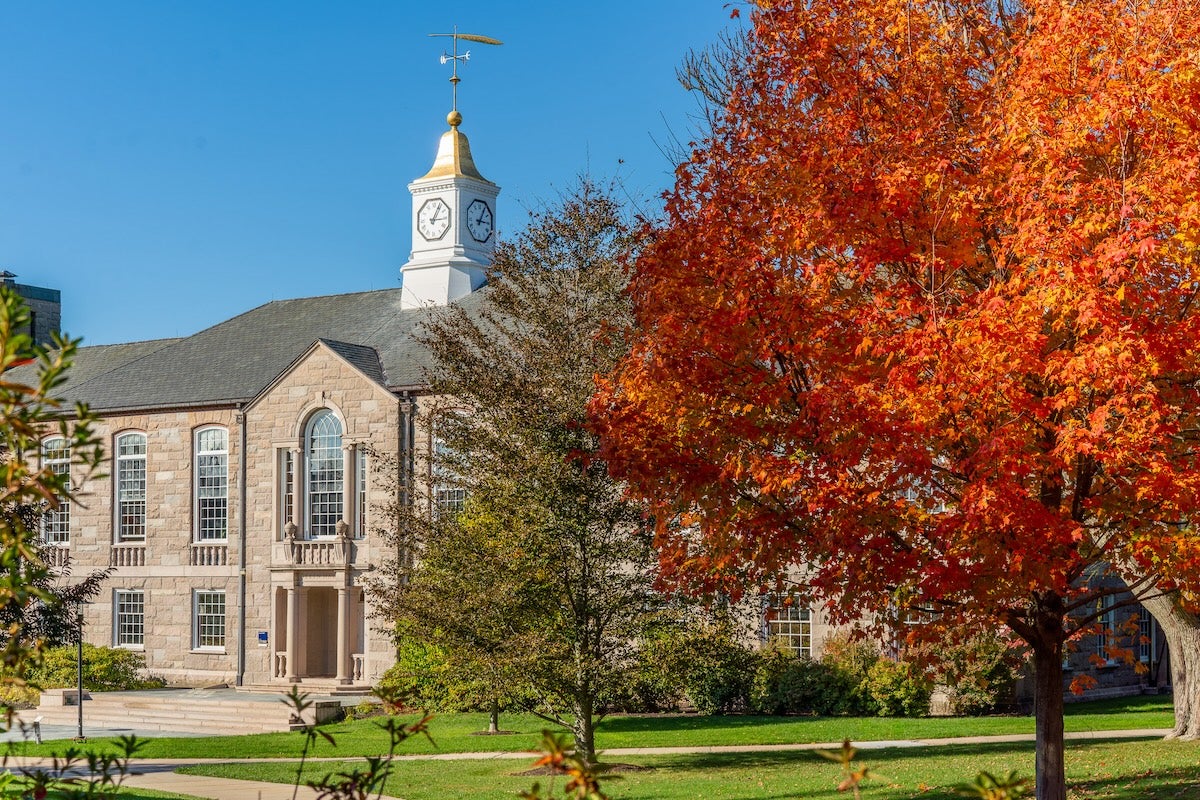Anthony Amore, Gardner Museum security director and URI alum, discusses Louvre Museum heist
KINGSTON, R.I. – Oct. 24, 2025 – Unfortunately, some priceless jewels that were meant to “hang in the Louvre” are now in the possession of four thieves.
On Oct. 19, a group of individuals armed with power tools and a crane conducted a heist at the famed Louvre Museum in Paris, reportedly stealing eight pieces of jewelry from the world’s most-visited museum that were once worn by the country’s queens and empresses. While the investigation into the heist—and recovery of the pieces—is ongoing, it is reported that the thieves made off with jewelry worth an estimated $102.6 million.

The Louvre heist is reminiscent of the infamous 1990 heist of Boston’s Isabella Stewart Gardner Museum. Anthony Amore ’89, the Gardner Museum’s director of security and chief investigator, has spent the last 20 years searching for 13 artworks—valued between $500 million and $1 billion—that were stolen from the museum that March day 35 years ago.
Amore, who spoke with Rhody Today about the Louvre heist, says that despite advances in technology, such as increased video presence, prominent institutions such as the Louvre are not immune to brazen criminal activity. He also notes that responding to the crisis quickly is vital and recovering the stolen items is more important than prosecuting the criminals.
Amore also recently spoke on “Pulling off the World’s Biggest Heist” as a guest at the University of Rhode Island’s Forensic Science Partnership Seminar Series.
Given the advances in and high presence of digital video technology, how does a heist such as what occurred at the Louvre Museum still happen?
It’s important to remember that despite all the technology the world has to offer, no building of any sort is completely impervious to determined, professional criminals. In the example of digital video technology, remember that even buildings much smaller than the Louvre have many cameras and not all can be monitored at once. Artificial intelligence solutions will change this, but there is nevertheless the human element, and we are all imperfect.
Is what occurred at the Louvre also concerning from a security perspective given that this significant heist was done in less than 10 minutes, in broad daylight, involved the use of a crane and the alleged thieves were reportedly unarmed? How in your view did the security there lapse this badly?
The lapse appears to be that a camera was facing the “wrong way;” that is, away from this point of entry. I’ve compiled a database of 1,500 art heists and the typical one lasts from three to nine minutes. So, this is not an anomaly. The crane was a clever, albeit evil, ruse. All passersby assume it was everyday facility work—just like you or I probably would. Yes, it was brazen, but effective.
How much damage does a multimillion-dollar heist do to a museum’s reputation? What kind of a “PR hit,” of sorts, do you feel the Louvre will take as a result of this?
The more famous—and the bigger the heist in terms of loot—the more damage to a museum’s reputation. You cannot get bigger than the Louvre. And in our current age, the memes and viral stories will influence thought. It will fade in time. But it won’t be soon.
What is the first step that an investigator has to take in finding out what happened in a heist like this?
There are three basic steps I would take. Interview all staff members as well as the many who were recently laid off; scour the scene and the vehicle left behind for forensic evidence and leads; and press the informants in France for information from the criminal underworld. The city is abuzz about this and there is valuable intel to be obtained.
What challenges does the Louvre face in trying to recover these lost pieces? Will they be just as challenging as the Gardner Museum trying to recover the lost artworks, or will it be worse?
The challenges involve full cooperation with the police and deciding whether to issue a reward. For the former, I recommend a dedicated member of the staff be the sole point person for investigators and for the latter I recommend a reward be offered as soon as possible. The most important thing here is recovery of the stolen items, not prosecution. Jewels can be separated and sold individually by breaking up the eight pieces. You cannot cut up a Rembrandt and sell the pieces. So, time is more critical in this heist than it is in mine. That said, we’re working feverishly for our stolen Gardner art.
How can the Louvre recover from this? What measures does the museum have to take to both prevent this heist from happening again and regain public trust?
The Louvre can and will recover from this. They already had a complete security review and they must implement the recommended measures. Every major museum has been the victim of a theft, and they’ve all recovered, too.
Latest All News
- All about IngridAria Mia Loberti '20 visited the URI Child Development Centers to teach preschoolers about a guide dog's impressive skills and special relationship with their human, the subject of her book, I Am Ingrid.
- Aria Mia Loberti teaches URI preschool students impressive skills, special relationship of a guide dogKINGSTON, R.I. — Oct. 28, 2025 — How can your dog tell you what the letters on the buildings’ signs are? Why does your dog wear a special harness? Why do dogs poop and pee? University of Rhode Island graduate, actor, advocate, and newly published author Aria Mia Loberti ’20 patiently fielded myriad questions from […]
- Study by URI physics professor may lead to improved networked quantum sensingKINGSTON, R.I. – Oct. 28, 2025 – Could global positioning systems become more precise and provide more accurate details on distances for users to get from point A to point B? A study by University of Rhode Island assistant physics professor Wenchao Ge in collaboration with Kurt Jacobs, a physicist of quantum tech with the […]
- URI offers new online certificate in Community PlanningKINGSTON, R.I. – Oct. 27, 2025 – There is increasing workforce demand for community planners who are equipped to address complex environmental, social, and economic problems, and the University of Rhode Island’s Department of Landscape Architecture has designed a flexible new program to prepare both working professionals and current students to meet those needs. Offered […]
- University of Rhode Island faculty members named to Stanford University’s Top 2% Scientists 2024 listKINGSTON, R.I. – Oct 27, 2025 – Two dozen University of Rhode Island faculty members, across a broad range of disciplines, have been recognized by Stanford/Elsevier as being among the world’s top scientists and most influential researchers. Stanford University’s Top 2% Scientists list is considered the most prestigious in the world. The listing is based […]
- ‘Dr. IndigiNerd’ Lee Francis IV to share Native pop culture history at upcoming URI Humanities lectureKINGSTON, R.I. – Oct. 27, 2025 – Indigenous and Native people have played significant roles in global popular culture for more than four centuries. In that time, images and representations of Native American and North American Indigenous Peoples have permeated the collective consciousness around the world, from early portrayals of the “Noble Savage” through the […]













